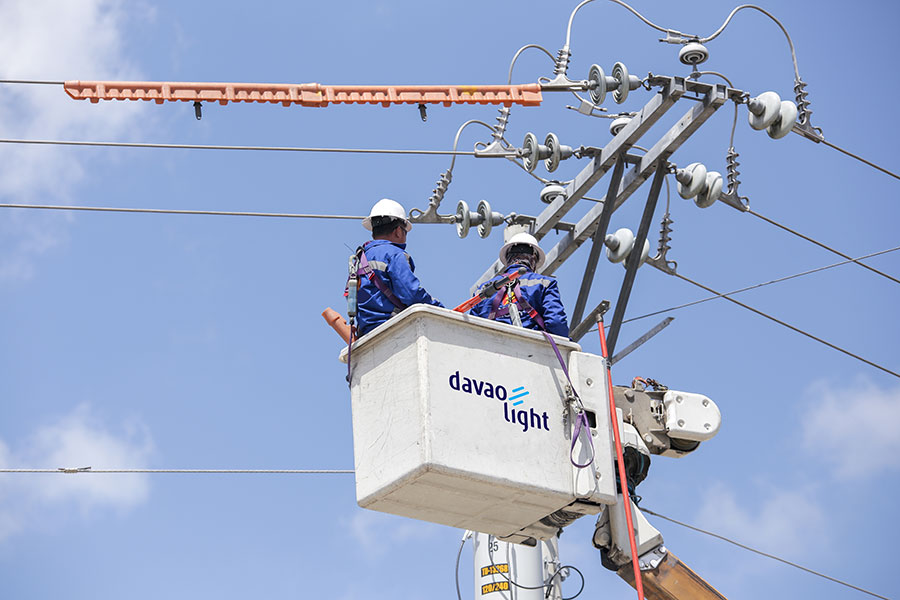Reflecting on the fruitful talks, panels, and sideline conversations I had at the European Chamber of Commerce of the Philippines’ (ECCP) Energy Smart Forum 2024, I find it difficult to pinpoint the leading take-aways so to speak from the event. So fruitful was the event that illuminating on the top three “a-ha” areas would be akin to trying to describe the beauty of the Banaue Rice Terraces in only a few words. Still, try I must, so here then are the top three things that struck me from the event.
The first is that the race to deliver more renewable energy (RE) in the Philippines is fierce and accelerating. The growth in RE in the Philippines – from 5,898 megawatts (MW) of installed capacity in 2014 to 8,588 MW today — while impressive, will be eclipsed by the projected growth to over 41,000 MW in 2034.
That’s a powerful 375+% increase over 10 years! There isn’t a shortage of capable and willing enterprises eager to activate more RE in the Philippines, whether it is mini-hydro power, to geopower, to onshore wind, to offshore wind, and to solar power. I heard about a new entrant in offshore wind, for example, looking to bring two gigawatt (GW; GW = 1,000 MW) projects to the market in 2028, a development which would usher in a new form of RE; one that comes with massive GW potential.
I felt re-assured by the continued support expressed by multilateral agencies and European institutions. The forum was also informed of the directions being undertaken by government bodies to support the further acceleration of RE growth. All these elements bring about a vibrant, healthy Philippine energy market that not only brings in the needed RE but also at cost-competitive levels.
The second key realization is one that (pleasantly) surprised me. This was the ramping up of solar rooftop adoption in the country. Solar rooftops are not a new concept — many countries have successfully rolled out millions of solar rooftop panels across their lands. But this has not been the case in the Philippines. But perhaps this is changing.
At the forum, I heard numerous stories about these successful behind-the-meter solutions that can democratize electricity. On one end, there are the solar rooftop installations in commercial settings. On the other end, I had a chance to speak with several groups that have seen success installing solar rooftops in household settings, some for as little as P55,000. At that price level, millions of Filipino households will be able to afford solar rooftop installations. With that development, every home could become virtual power plants — able to supply to the grid when there is a surplus, thereby democratizing electricity in the country.
The third key takeaway works at the other end of the value chain. While the healthy race to build more RE and install more solar rooftops in the Philippines works on the supply side of the equation, the other side — the demand part — needs as much attention. Since the population is growing and economic activity expanding with it, one would rightfully expect energy demand to rise. But that rise can be tempered if more energy efficiency measures are successfully implemented.
In today’s system, some 2.43% of generated electricity is accounted for in transmission system losses, which typically escape in the form of heat as it travels along transformers and power lines. Overall, also including distribution losses, about 9% of the electricity that is generated by power plants is lost when it reaches your homes.
Energy efficiency efforts run the gamut. There are simple actions — turning off lights and air conditioners when not in use — that we all know and hopefully practice regularly. These activities, which require slight changes in human behavior, go a long way in increasing energy efficiency. There are actions that have been better adopted but can still attain greater traction such as the use of LED lights, as well as modern heating, ventilation, and air conditioning systems.
Then there are other promising modern practices that are at the embryonic stage in the Philippines. This includes smart meters, which are electricity meters that communicate information to the user and to the grid. This enables more efficient usage and dispatch of electricity, complementing modern and efficient smart buildings of the future. I interacted with other attendees who were focused on the energy efficiency field and their continued investments and dedication were most reassuring.
For the average person on the street, the big numbers that may astound could be the GW of new RE. But we can never forget that we can create just as much gains through efficiency measures. Thank you to the ECCP for a fruitful forum and for giving a continued boost to creating a stable, secure, just, and sustainable energy future.



